Engadin Art Talks: creative luminaries unravel grace and gravity in the digital age
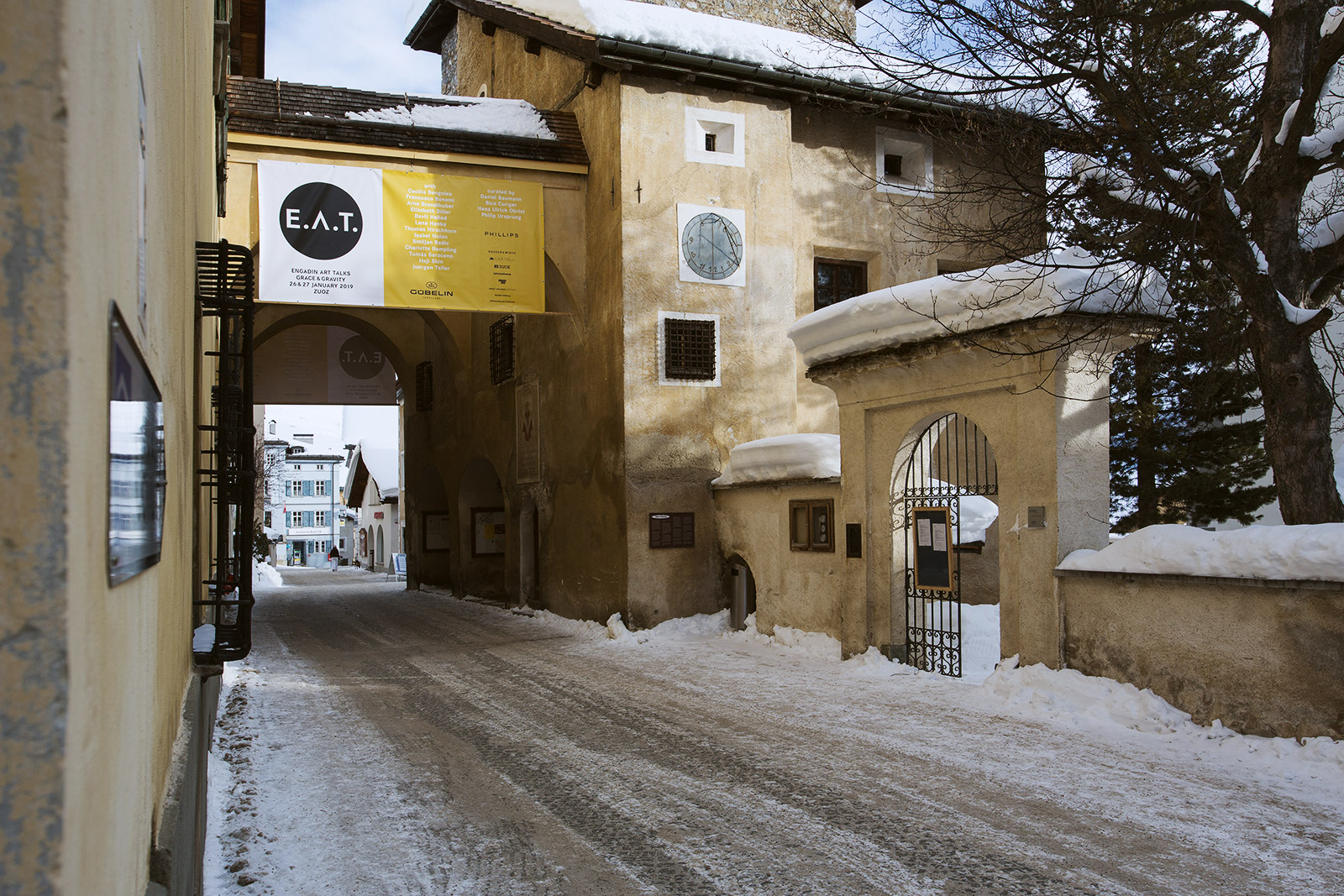
Leading creatives retreated to the Romanesque alcove of Zuoz over the last weekend of January for the 2019 edition of Engadin Art Talks (EAT). A distinguished panel debated topics within the spheres of art, design, science, film and literature, injecting a dose of culture into the time-honoured tradition of après-ski.
Zurich-based collector and publisher Cristina Bechtler founded EAT in 2010 after being inspired by Die Gläserne Kette (‘The Crystal Chain’). Helmed by architect Bruno Taut, this early 20th-century artist collective exchanged radical, utopian ideas through ‘letter chains’. In a similar vein, the Endagin forum operates as a catalyst for concepts, forging a space where disciplines overlap. ‘There is an inspiring potential – it feels like fusing separated minds and ideas in fresh air once a year,’ explained EAT founding member Bice Curiger.
A post shared by E.A.T. / Engadin Art Talks (@engadinarttalks)
A photo posted by on
In the picturesque corridors of Alpine resorts, art institutions are in abundance. At least 30 international galleries and museums now populate the stretch between St Moritz and the municipality of Sent. Nestled in the middle is Zuoz: a ski locale, bucolic Eden, and collector’s paradise, accessible from Zurich – by virtue of Swiss efficiency – via a scenic three-hour trip on the Glacier Express. The region, too, harbours a surprisingly dense artistic heritage.
Art dealer Bruno Bischofberger – who acquainted Europe with American pop art – first opened a glitzy St Moritz gallery in 1963. The dramatic landscape, distinctive quality of light and sedate pace of life have long been appealing traits for a cultural clan with former residents including Friedrich Nietzsche (he first conceived the idea for Thus Spoke Zarathustra on the shores of Lake Silvaplana), and ballet dancer Vaslav Nijinsky. Region regulars include Gerhard Richter, Julian Schnabel, Richard Long and Sent native Not Vital who acquired a sprawling 12th-century Lower Endagin castle, which the artist plans to convert into an exhibition space.
Against an enchanting snow-capped vista, EAT guests were treated to a prestigious line-up of speakers and captivating performances led by Daniel Baumann, Kunsthalle Zurich director; Bice Curiger, Fondation Vincent van Gogh Arles artistic director; Hans Ulrich Obrist, Serpentine Gallery artistic director; and Philip Ursprung, professor for Art and Architectural History at the ETH Zurich. This year’s theme of ‘Grace and Gravity’ saw the union of two contradictory forces and how both are defined in the digital age: the disciplined laws of physics versus the anarchic, fluid impulses of the mind. ‘We are witnessing a particular moment now. As cultural protagonists, we are always already confronted with this duality in our perception of the world,’ says Curiger.
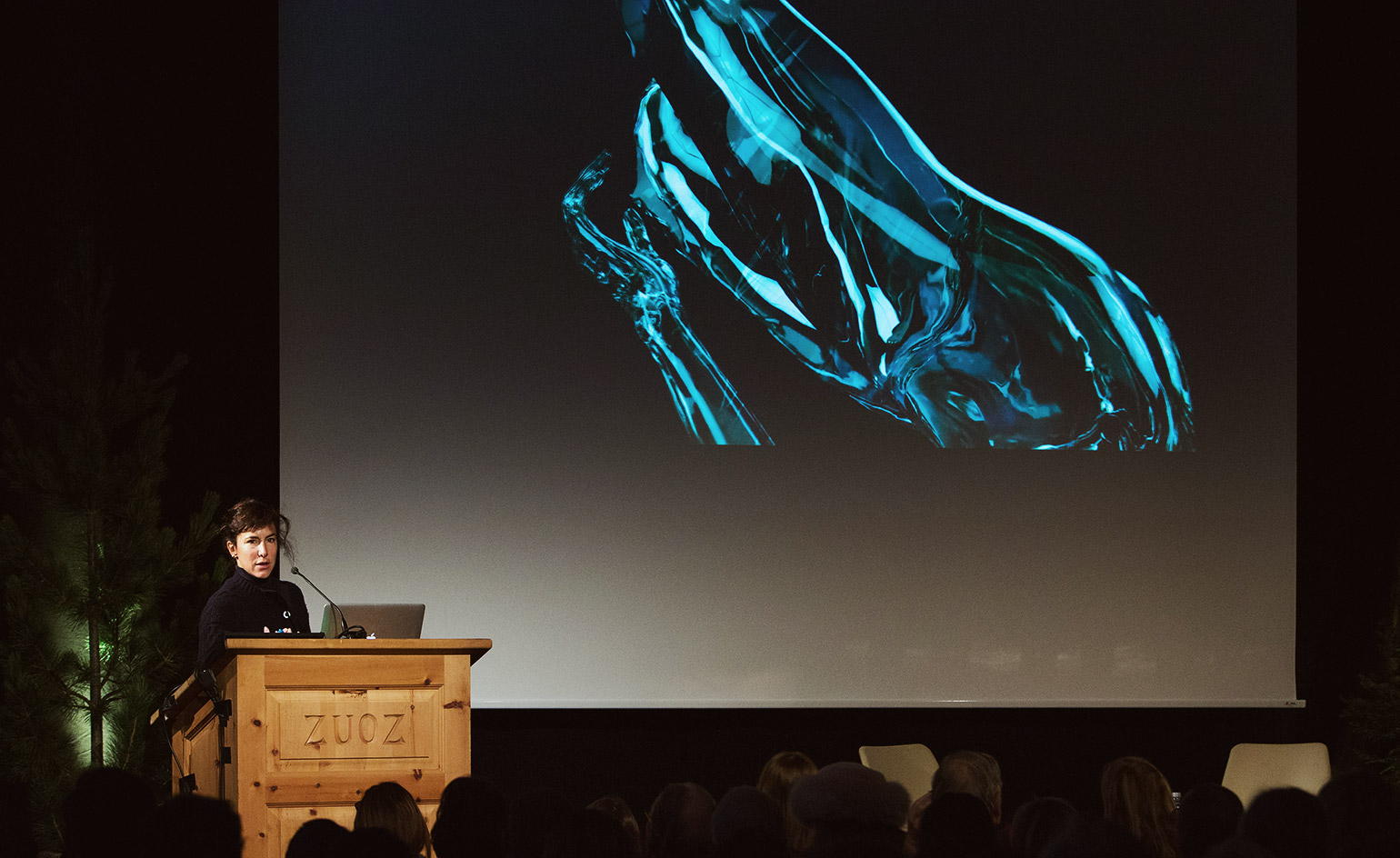
Artist and dancer Cecilia Bengolea delivers her seminar at Engadin Art Talks 2019
Artist Thomas Hirschhorn paid homage to EAT’s theme by way of philosopher Simone Weil in his discussion. Elizabeth Diller, meanwhile, deconstructed the use of physical grace and gravity in her architectural practice and photographer Juergen Teller addressed discrepancies between the pretention of luxury and the vital facts of life. Other speakers at the 2019 event included German artist Lena Henke, choreographer Cecilia Bengolea (who staged a mesmerising dance performance), and recent Wallpaper* Guest Editor Tomás Saraceno, whose talk, ‘Floating in an ocean of air’, dissected how grace and gravity can collide in aerosolar journeys, foreseeing the possibilities of an Earth in a ‘post-fossil fuel’ era.
‘The fact that you have to invest a couple of hours, even days, to come up to the mountains for this gathering already creates a symbolic detachment from the normalcy of our metropolitan digi-life,’ Curiger said, ‘sitting in a room and listening to what extraordinarily engaged personalities have to tell us about our culture and its constant changes might initiate a manifesto-character.
INFORMATION
For more information, visit the Engadin Art Talks website
Wallpaper* Newsletter
Receive our daily digest of inspiration, escapism and design stories from around the world direct to your inbox.
Harriet Lloyd-Smith was the Arts Editor of Wallpaper*, responsible for the art pages across digital and print, including profiles, exhibition reviews, and contemporary art collaborations. She started at Wallpaper* in 2017 and has written for leading contemporary art publications, auction houses and arts charities, and lectured on review writing and art journalism. When she’s not writing about art, she’s making her own.
-
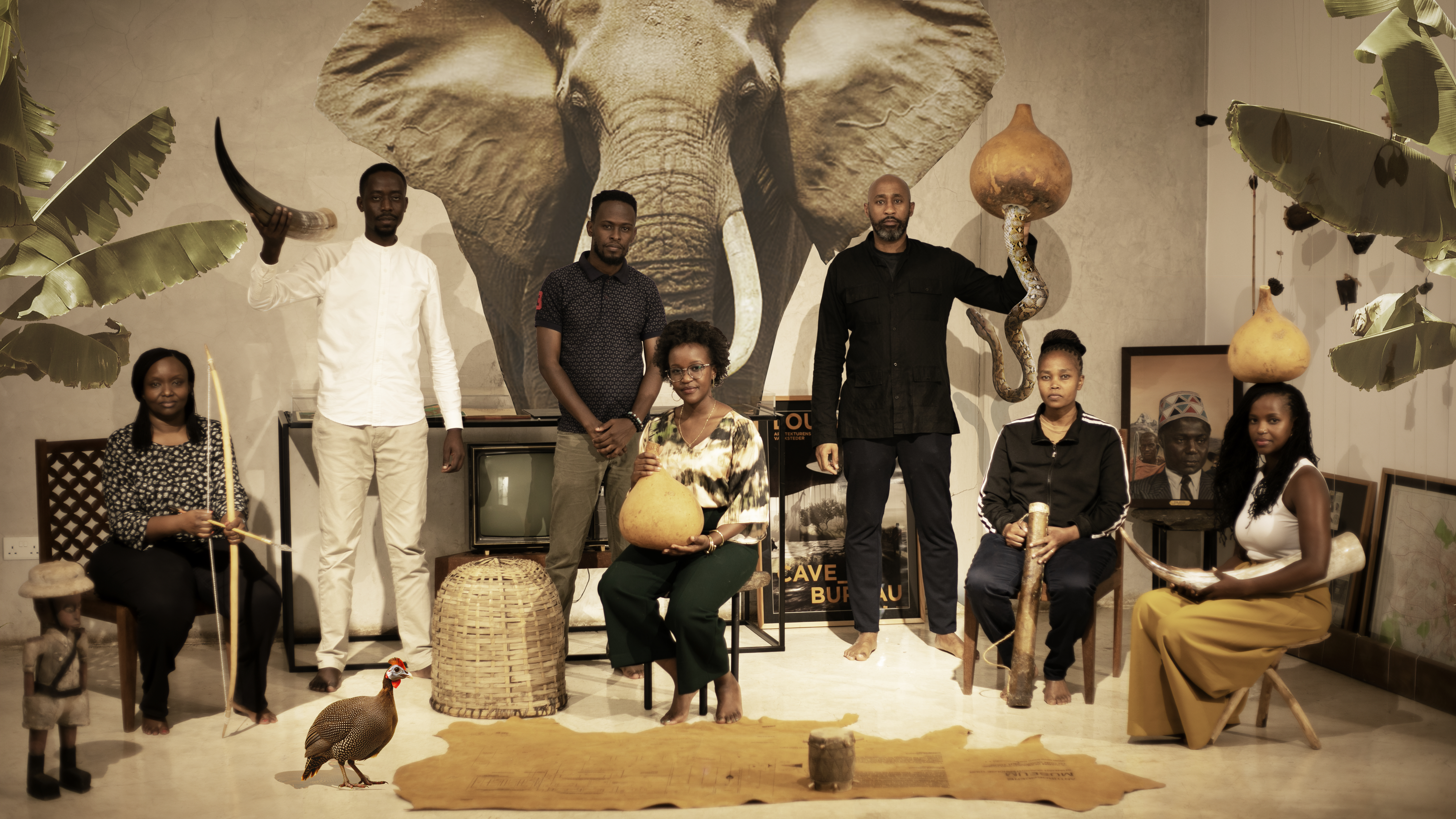 Enter the world of Cave Bureau, and its architectural and geological explorations
Enter the world of Cave Bureau, and its architectural and geological explorationsNairobi practice Cave Bureau explores architecture’s role in the geological afterlives of colonialism, as part of a team exhibiting at the British pavilion at the Venice Architecture Biennale 2025
By Marwa El Mubark
-
 All-In is the Paris-based label making full-force fashion for main character dressing
All-In is the Paris-based label making full-force fashion for main character dressingPart of our monthly Uprising series, Wallpaper* meets Benjamin Barron and Bror August Vestbø of All-In, the LVMH Prize-nominated label which bases its collections on a riotous cast of characters – real and imagined
By Orla Brennan
-
 Maserati joins forces with Giorgetti for a turbo-charged relationship
Maserati joins forces with Giorgetti for a turbo-charged relationshipAnnouncing their marriage during Milan Design Week, the brands unveiled a collection, a car and a long term commitment
By Hugo Macdonald
-
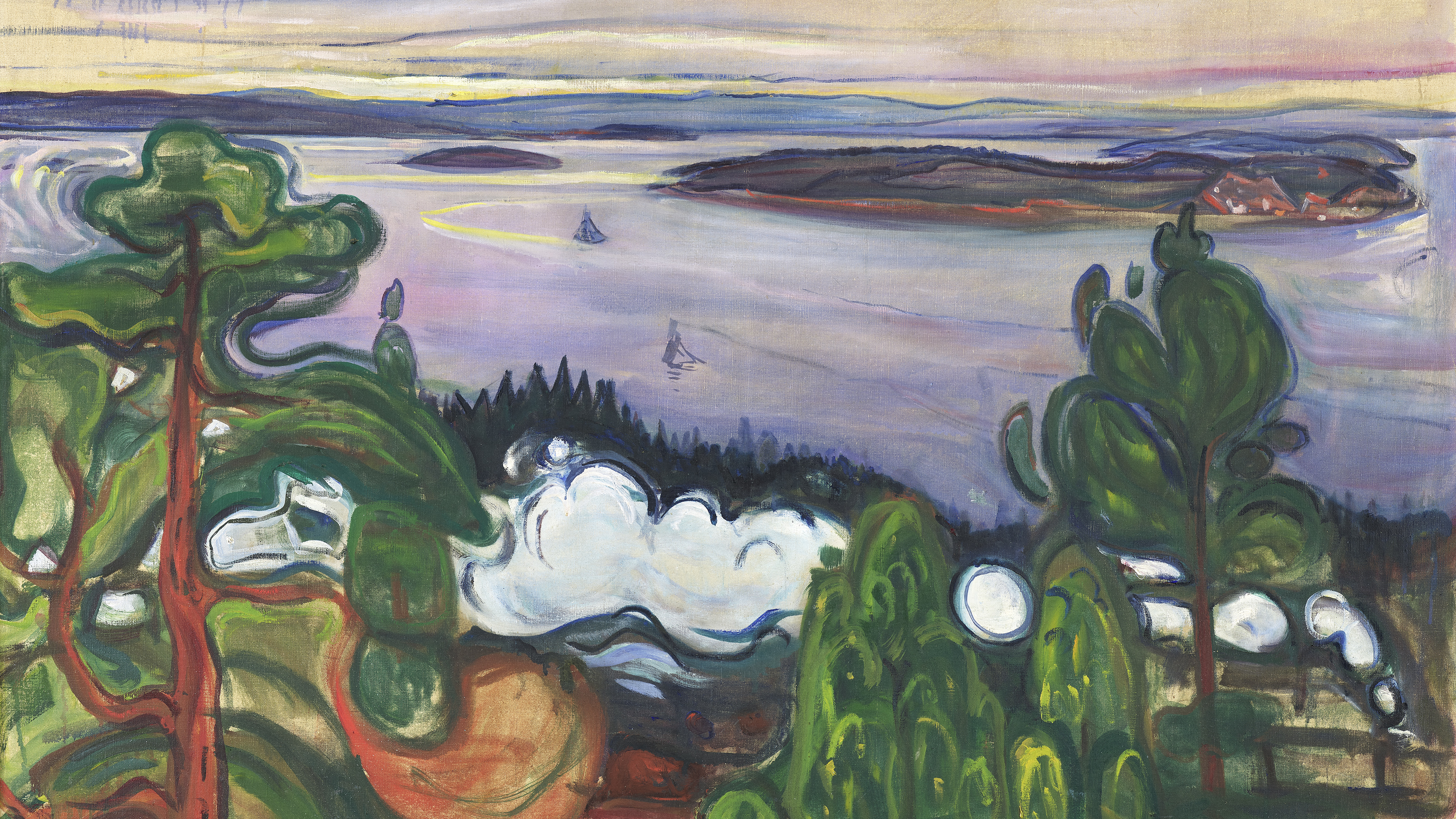 Switzerland’s best art exhibitions to see in 2025
Switzerland’s best art exhibitions to see in 2025Art fans, here’s your bucket list of the standout exhibitions to see in Switzerland in 2025, exploring compelling themes and diverse media
By Simon Mills
-
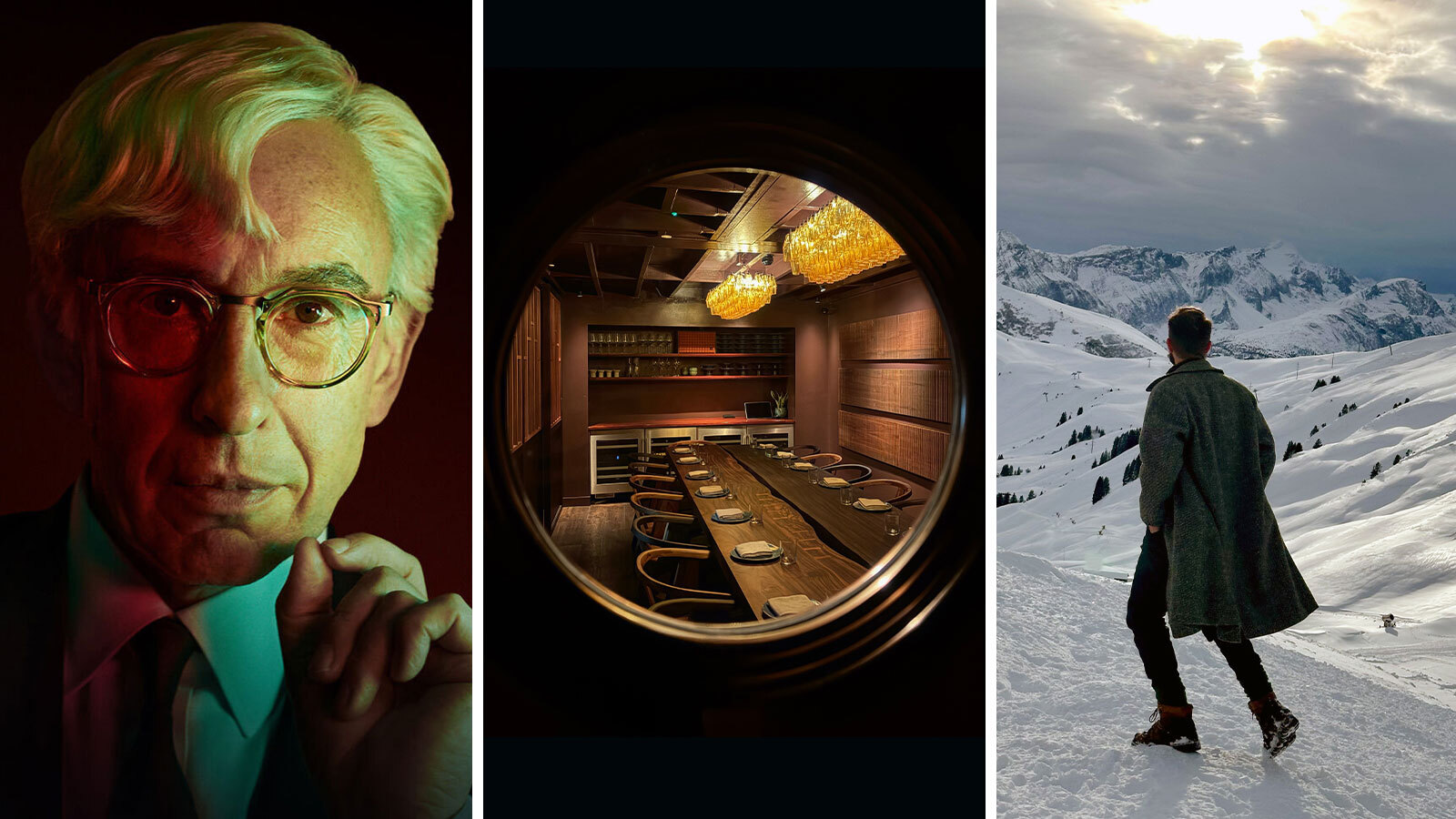 Out of office: what the Wallpaper* editors have been doing this week
Out of office: what the Wallpaper* editors have been doing this weekA snowy Swiss Alpine sleepover, a design book fest in Milan, and a night with Steve Coogan in London – our editors' out-of-hours adventures this week
By Bill Prince
-
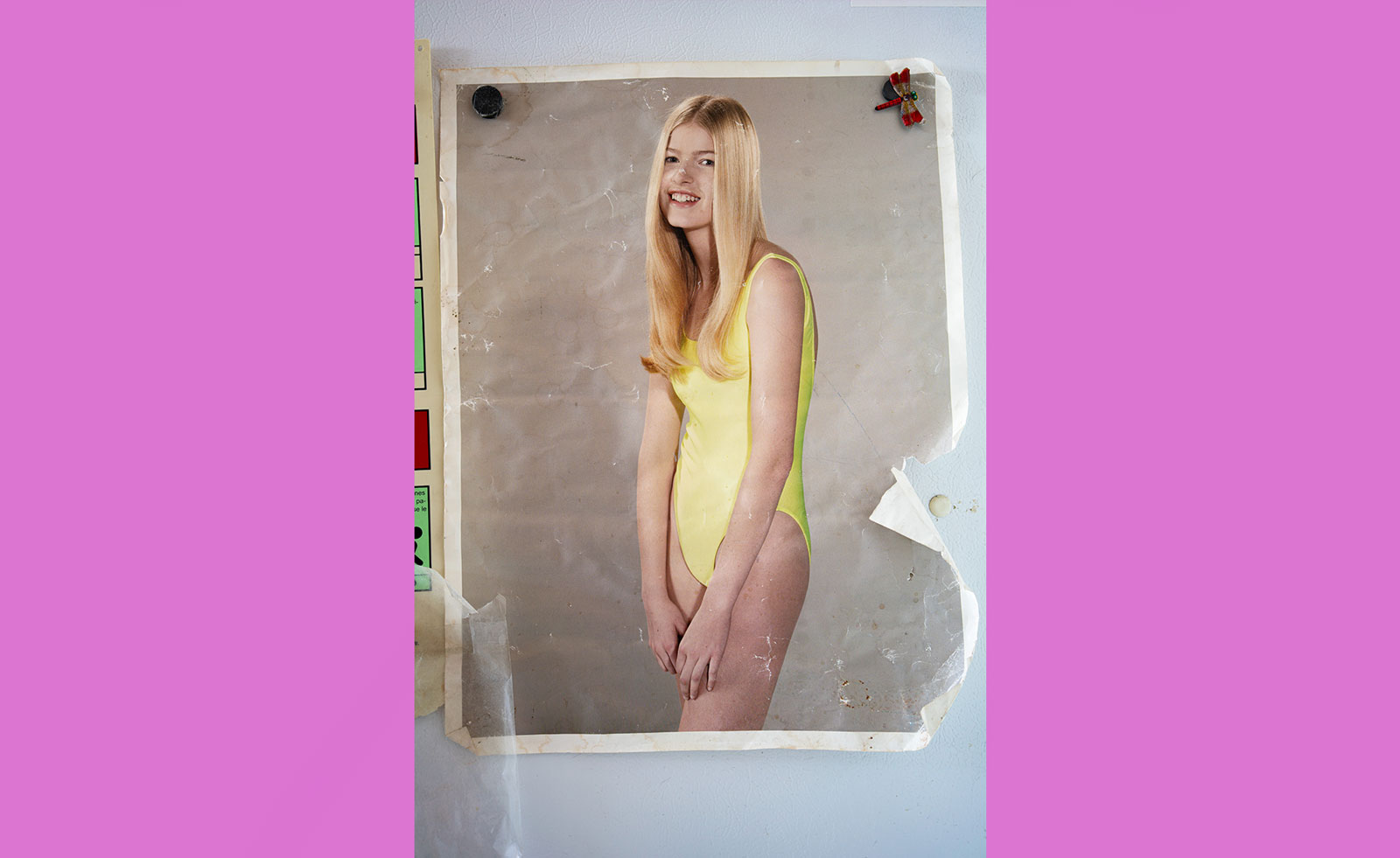 ‘Happy birthday Louise Parker II’: enter the world of Roe Ethridge
‘Happy birthday Louise Parker II’: enter the world of Roe EthridgeRoe Ethridge speaks of his concurrent Gagosian exhibitions, in Gstaad and London, touching on his fugue approach to photography, fridge doors, and his longstanding collaborator Louise Parker
By Zoe Whitfield
-
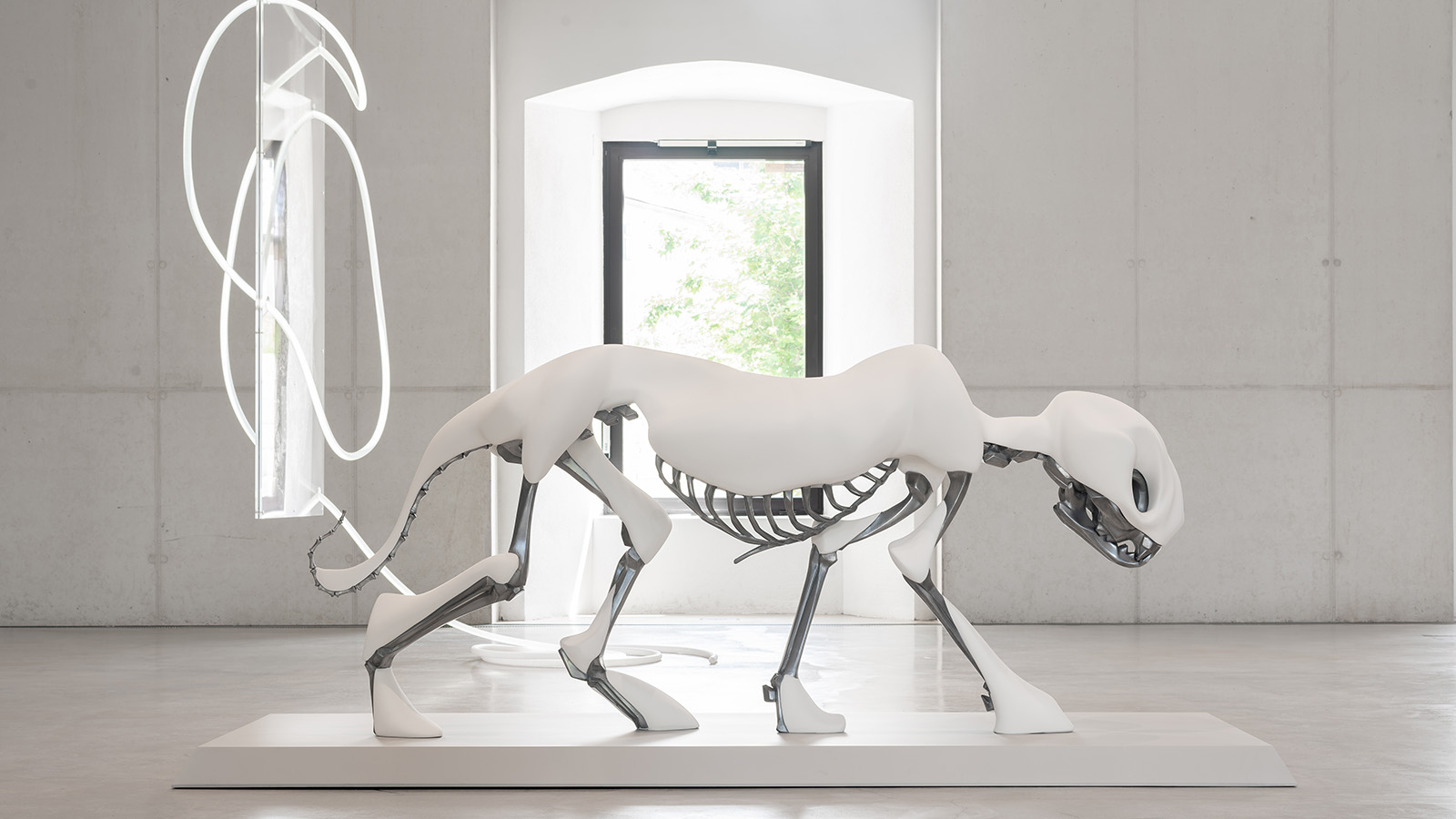 What to see at Art Basel 2024, as the fair arrives at its hometown
What to see at Art Basel 2024, as the fair arrives at its hometownArt Basel 2024, the fair of all fairs, runs 13-16 June, with 285 international exhibitors and a long list of side shows and projects
By Osman Can Yerebakan
-
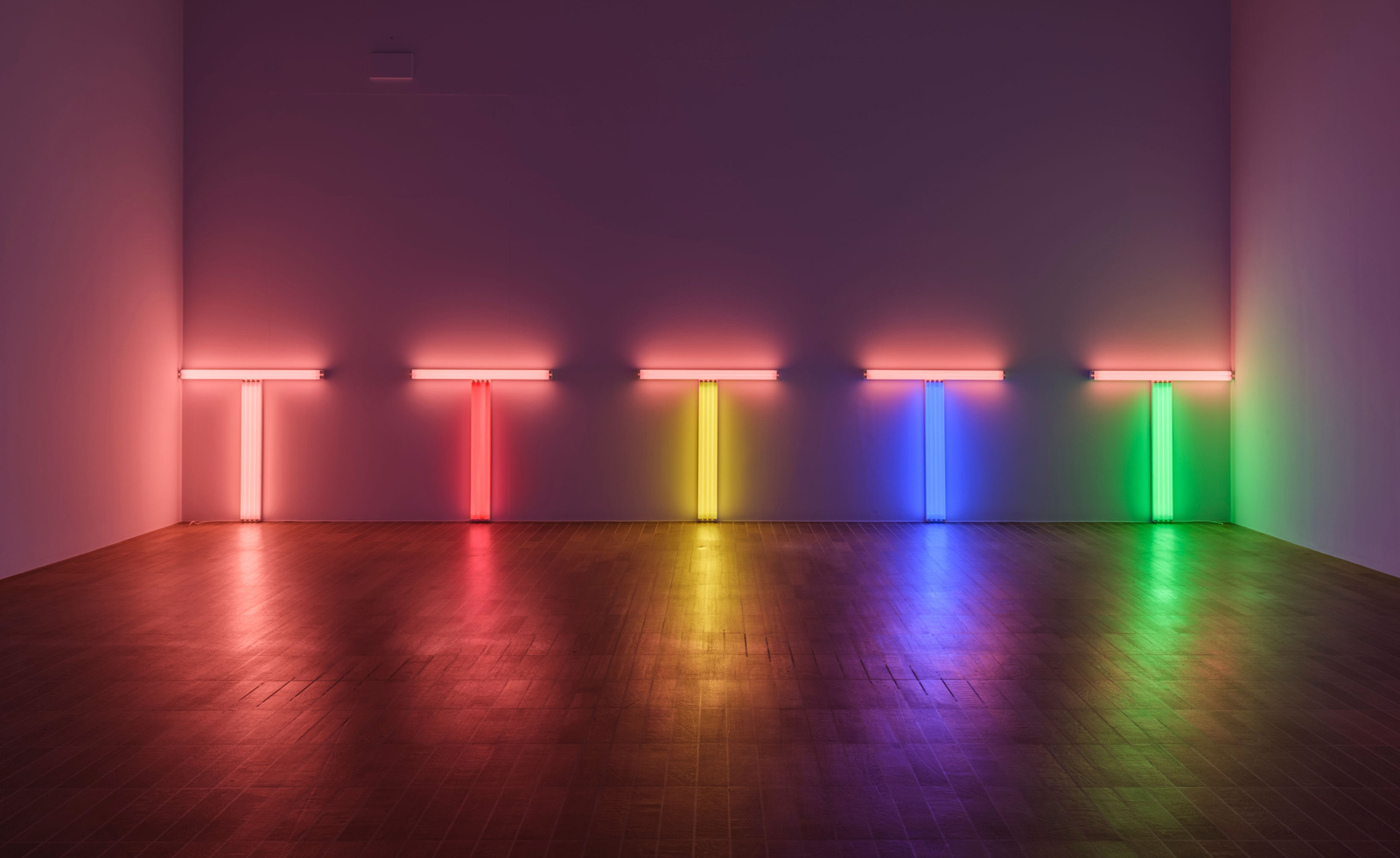 Dan Flavin’s fluorescent lights light up Basel
Dan Flavin’s fluorescent lights light up Basel‘Dedications in Lights’ celebrates Dan Flavin’s conceptual works, at Kunstmuseum Basel
By Amah-Rose Abrams
-
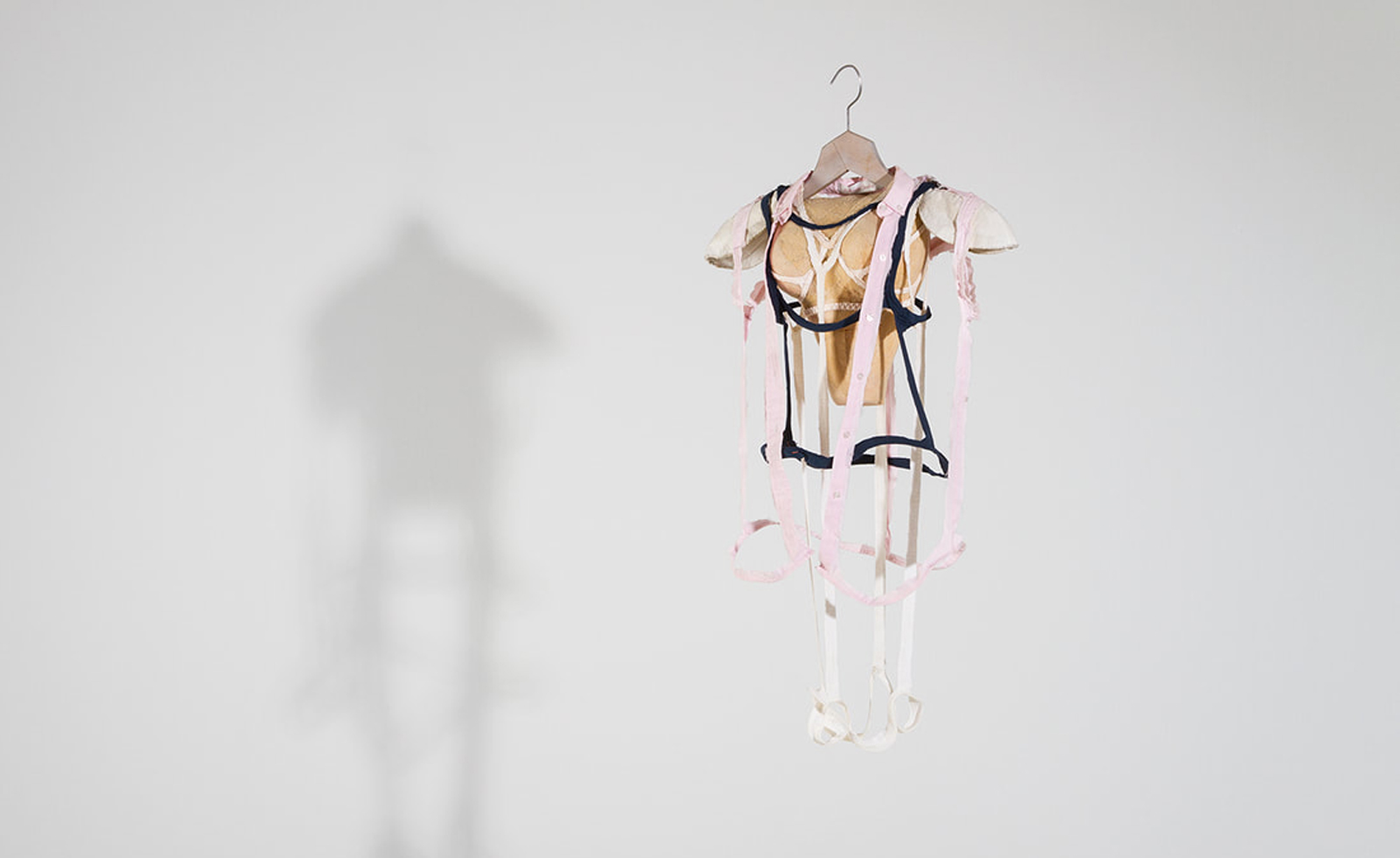 Space for My Body: Anu Põder’s retrospective opens in Switzerland
Space for My Body: Anu Põder’s retrospective opens in SwitzerlandEstonian artist Anu Põder is celebrated by Switzerland’s Muzeum Susch in an exhibition curated by Cecilia Alemani
By Hannah Silver
-
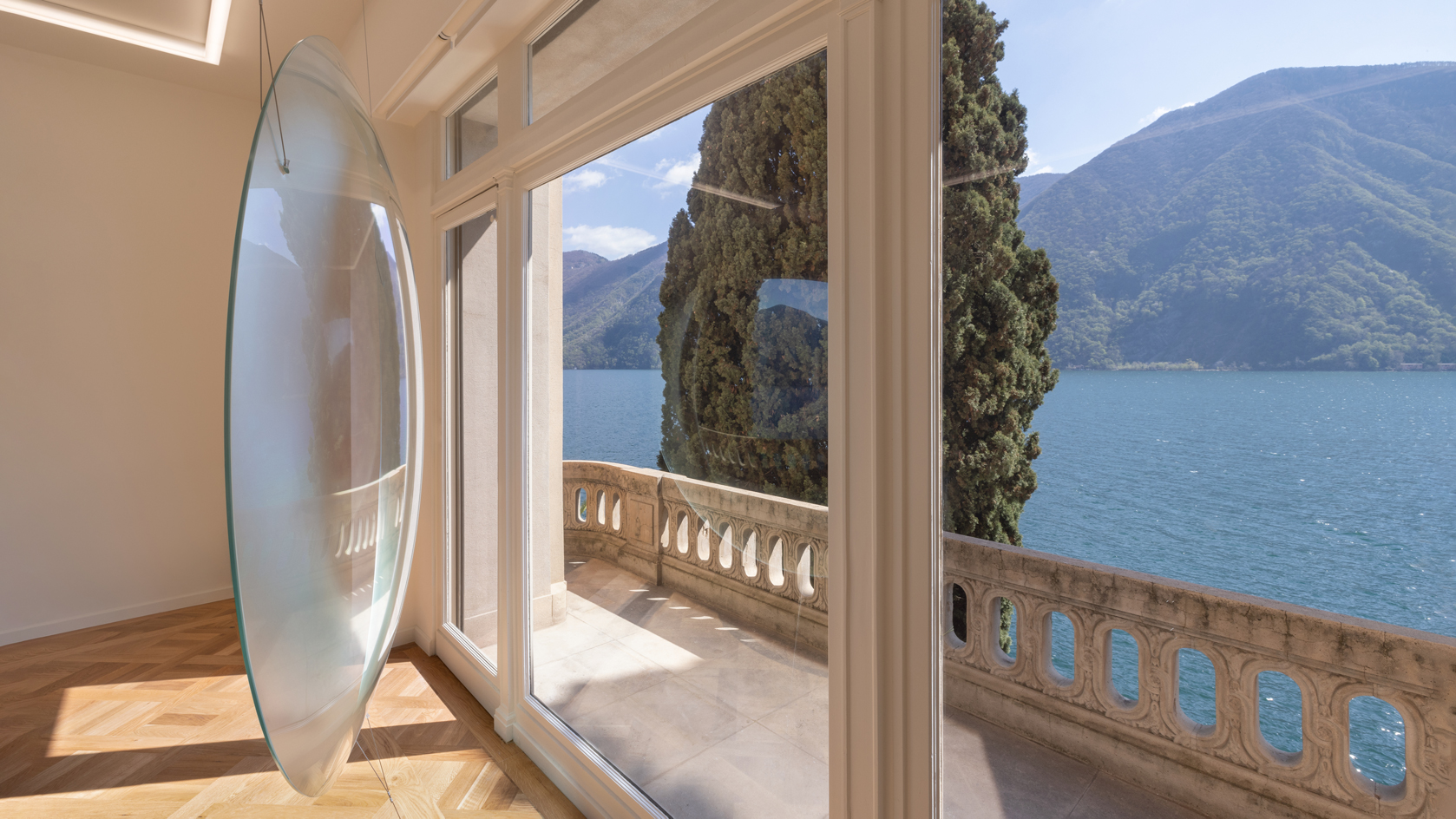 Bally Foundation’s new Lake Lugano headquarters is an art-filled paradise
Bally Foundation’s new Lake Lugano headquarters is an art-filled paradiseThe Bally Foundation inaugurates its new headquarters in a 1930s villa overlooking the majestic Lake Lugano, Switzerland with the group show ‘Un Lac Inconnu’ (An Unknown Lake)
By Hili Perlson
-
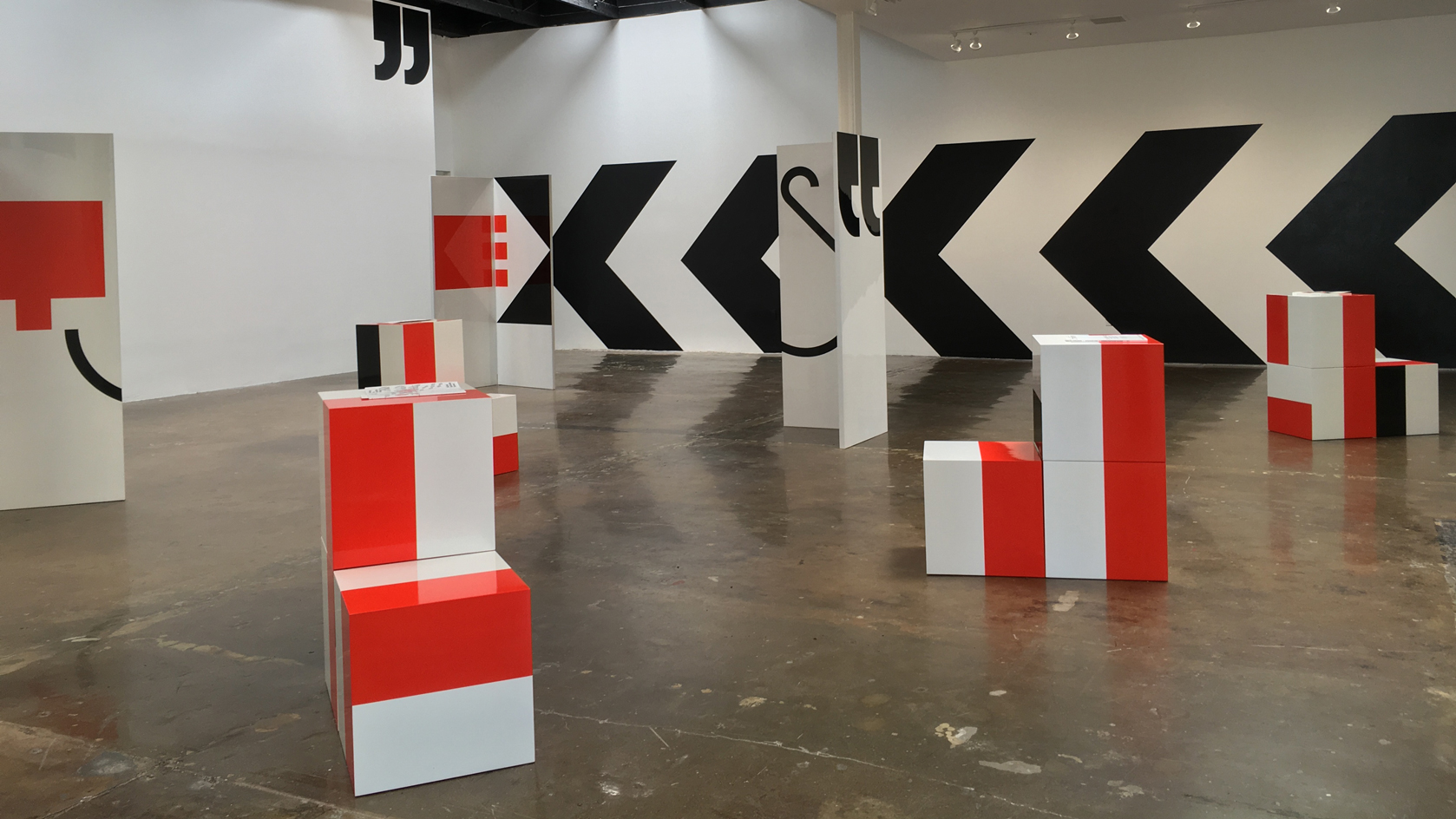 Supergraphics pioneer Barbara Stauffacher Solomon: ‘Sure, make things big – anything is possible'
Supergraphics pioneer Barbara Stauffacher Solomon: ‘Sure, make things big – anything is possible'94-year-old graphic designer Barbara Stauffacher Solomon talks radical typography, motherhood, and her cool welcome for St Moritz
By Jessica Klingelfuss